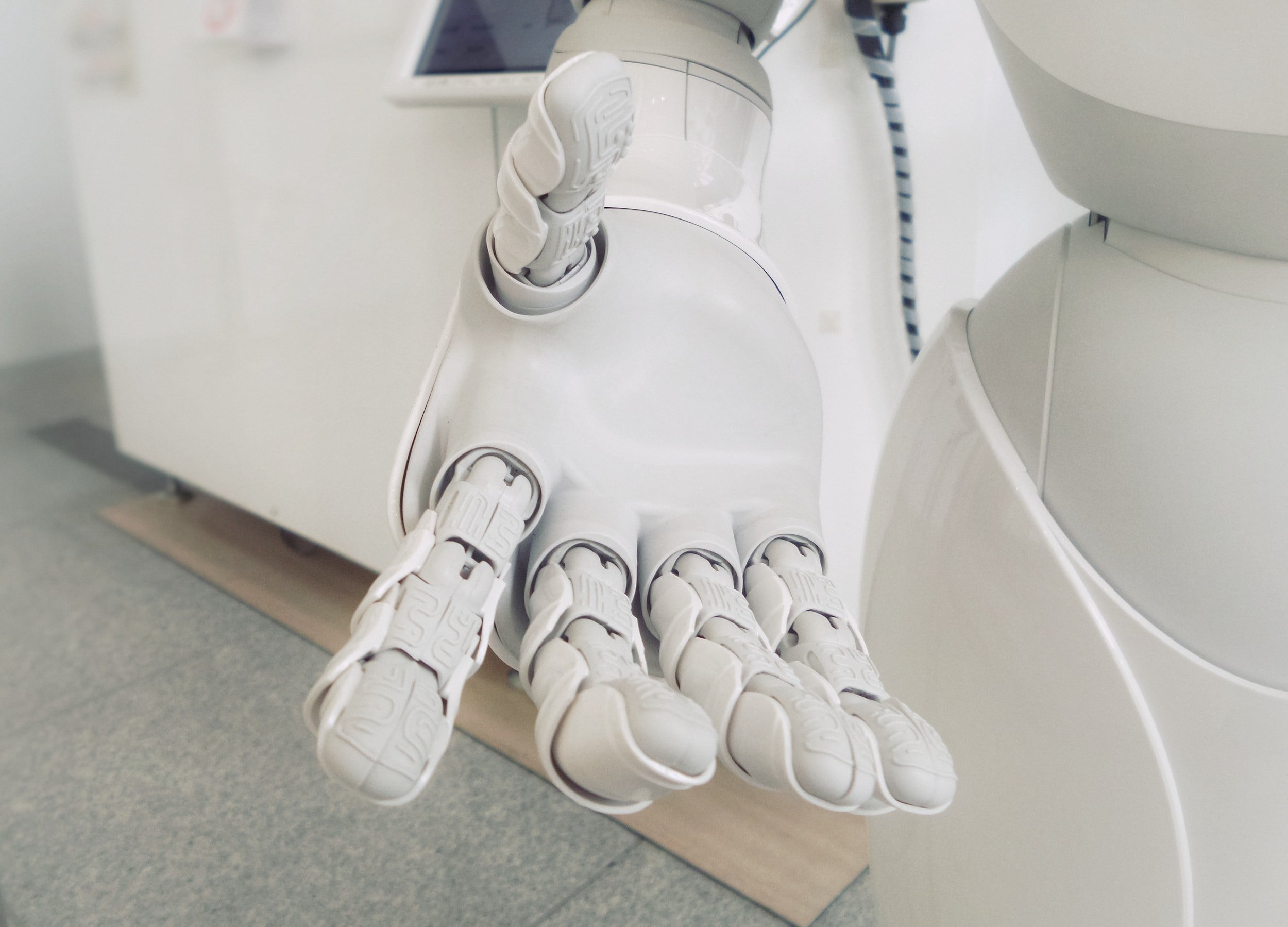Behavioural science at work - Automation
Automation is changing the world of work but many of the proposed benefits can only be realised if organisational structures use behavioural science to evolve.
Companies are increasingly adopting new technologies to automate repetitive tasks like factory floor tracking and customer service bots. Successful adoption in these areas can lead to a 24/7 workforce operating at lower cost, but is conditional upon employees adapting to new roles and integrating automation. Therefore, companies need to ensure employees re-skill or risk missing out on a number of benefits.
Adoption often involves high levels of uncertainty, forcing employees to evaluate the situation at hand with regard to available resources. Categorisation of the same threat can be either positive (challenge appraisal) or negative (threat appraisal) and this response is highly individualised.
If the technology is perceived as assistive, is easy to learn to use and is complementary to the employees role, the likelihood of challenge appraisal increases.
On the other hand, if employees perceive automation as a ‘threat’, successful adoption can be compromised. Threat appraisal can lead to declines in organisational trust, faltering production levels and perceptions of psychological safety to plummeting.
To avoid this misstep, companies need to understand employee attitudes toward automation. Using a behavioural science lens before adoption is the first step to understanding and can help minimise perceptions of threat.
Attitudes towards automation
UK employees are generally positive about automation in the workplace with ¾ being open to digital work transformation. Positive attitudes are more commonly found with greater seniority, technological competence and educational achievement.
However, a significant percentage perceive a threat of replacement by automation technology. These employees tend to be older, poorer and in job roles that are more volatile.
Unsurprisingly, when employees perceive automation technology as competition, they are more likely to appraise adoption as a threat. This leads to lower career satisfaction and organisational commitment.
The consequences of threat appraisal such as higher voluntary turnover and declining productivity, can be particularly harmful to organisations. Such consequences can also negatively impact the perceived organisational culture and employee branding as well as attracting potential talent.
The provision of organisational support helps employees perceive automation as less threatening. However, recent surveys have shown significant gaps between organisational provision of learning/development opportunities and employee demand. Just 13 % rated the learning/development opportunities provided by their organisation as very effective in relation to any automation initiatives (City & Guilds Group survey, 2019). This massive gap can create a myriad of psychological problems at an employee and organisational level.
Why using a behavioural science lens is key for organisations?
It is crucial to understand how your employees feel about automation and the opportunities to re-skill before adoption of new technology.
Traditional approaches such as employee surveys or in-house interviews are problematic. Employees are likely to answer in ways that will best satisfy their employers.
Some research suggests demographic factors can help identify employees that are more likely to have negative perceptions around automation. However, adoption strategies shouldn't be built on these assumptions as they can be misleading.
Rather, testing employees' non-conscious associations of automation in the workplace can allow organisations to prepare for technological adoption. Non-conscious testing provides greater insight on the true feelings of employees, putting organisations in a better place to use behavioural science to help in the transition.
Alternatively, organisations can try to understand the core psychological drivers (archetypes) of their employees. This information helps to create a road map for how to best introduce automation. For instance, employees with a high need for control may be more engaged in the process if they feel agency. Providing lots of detail and the reasons behind the change may get these employees onboard. On the other hand, highlighting the cutting edge nature of automation may appeal more to employees with a high need to adventure.
What we do…
We use our expertise and tools in psychology and behavioural science to help many organisations (The BBC, Sony Music, LV, Diesel etc) work through change. If you’d like help on how you can better understand your employees from a psychological perspective, get in touch with an IB Business Psychologist at nudge@innovationbubble.eu


